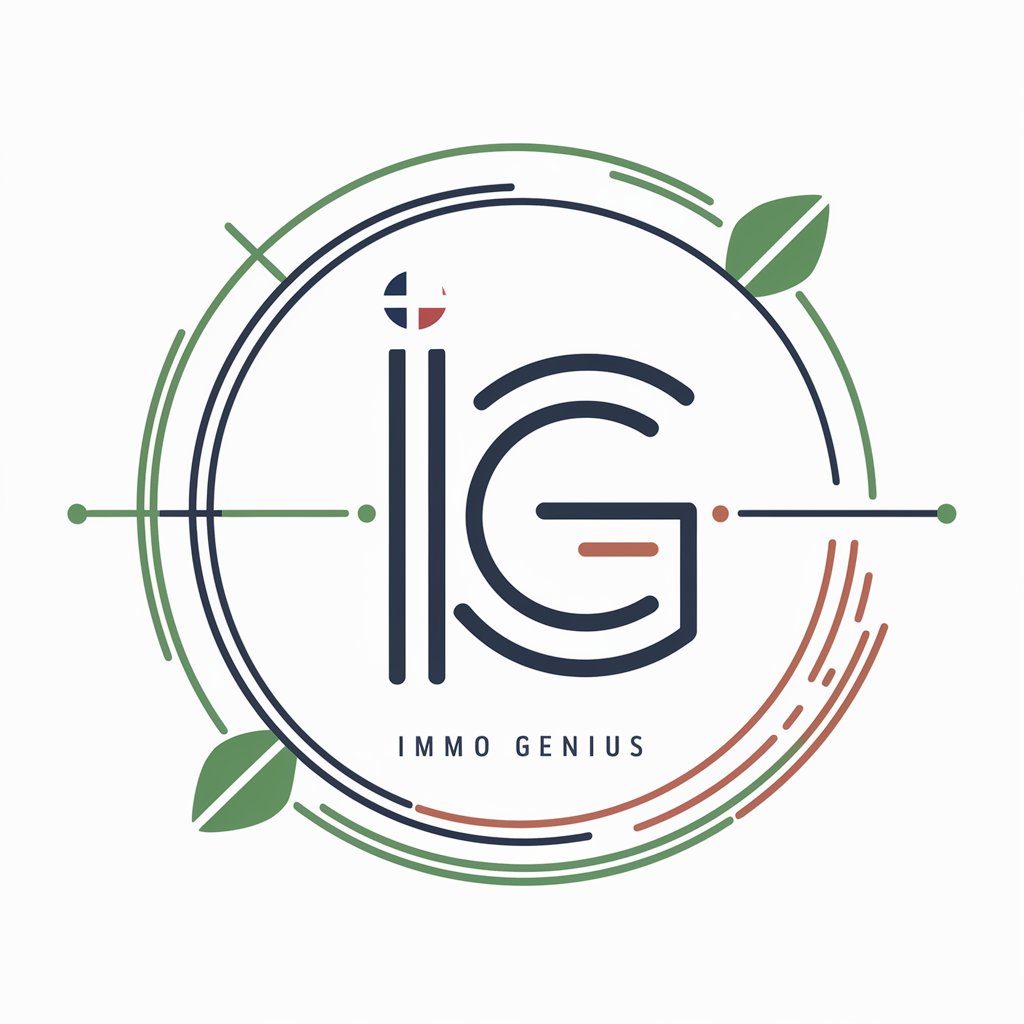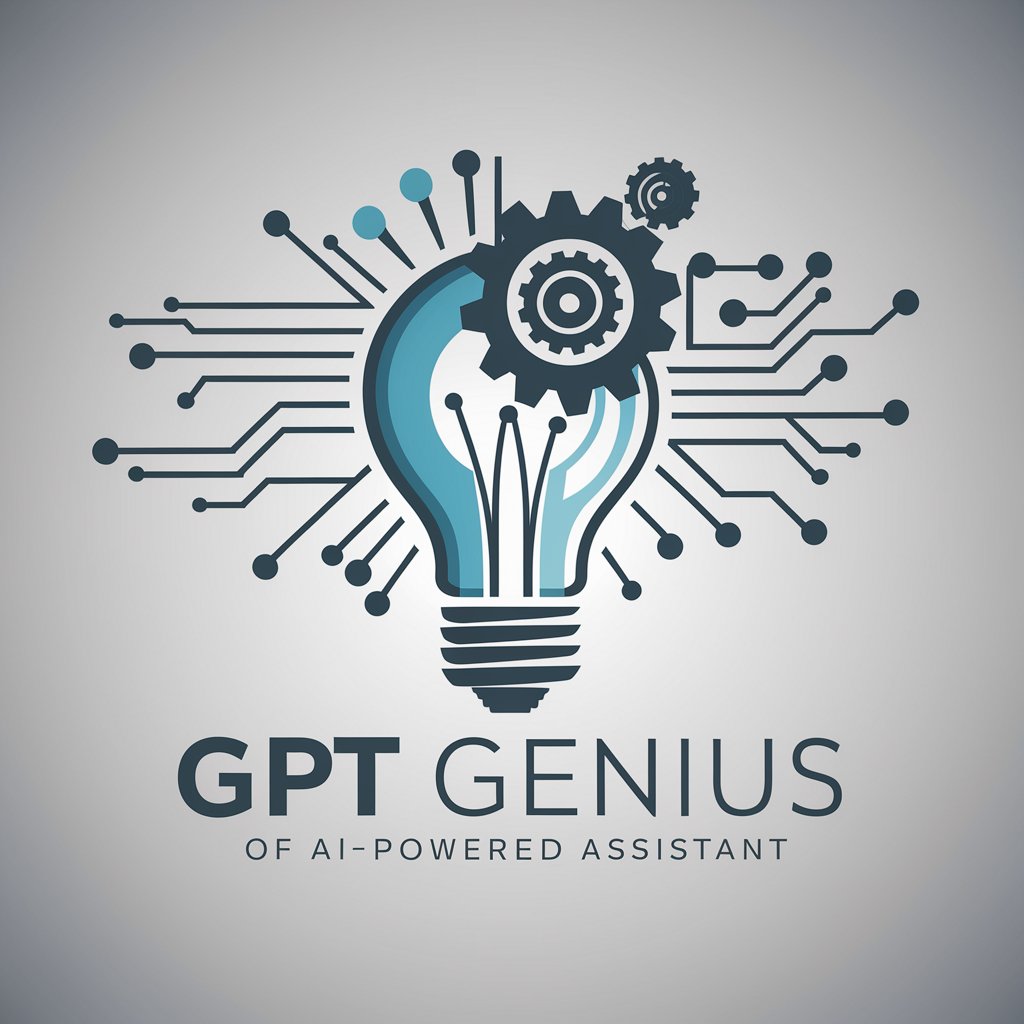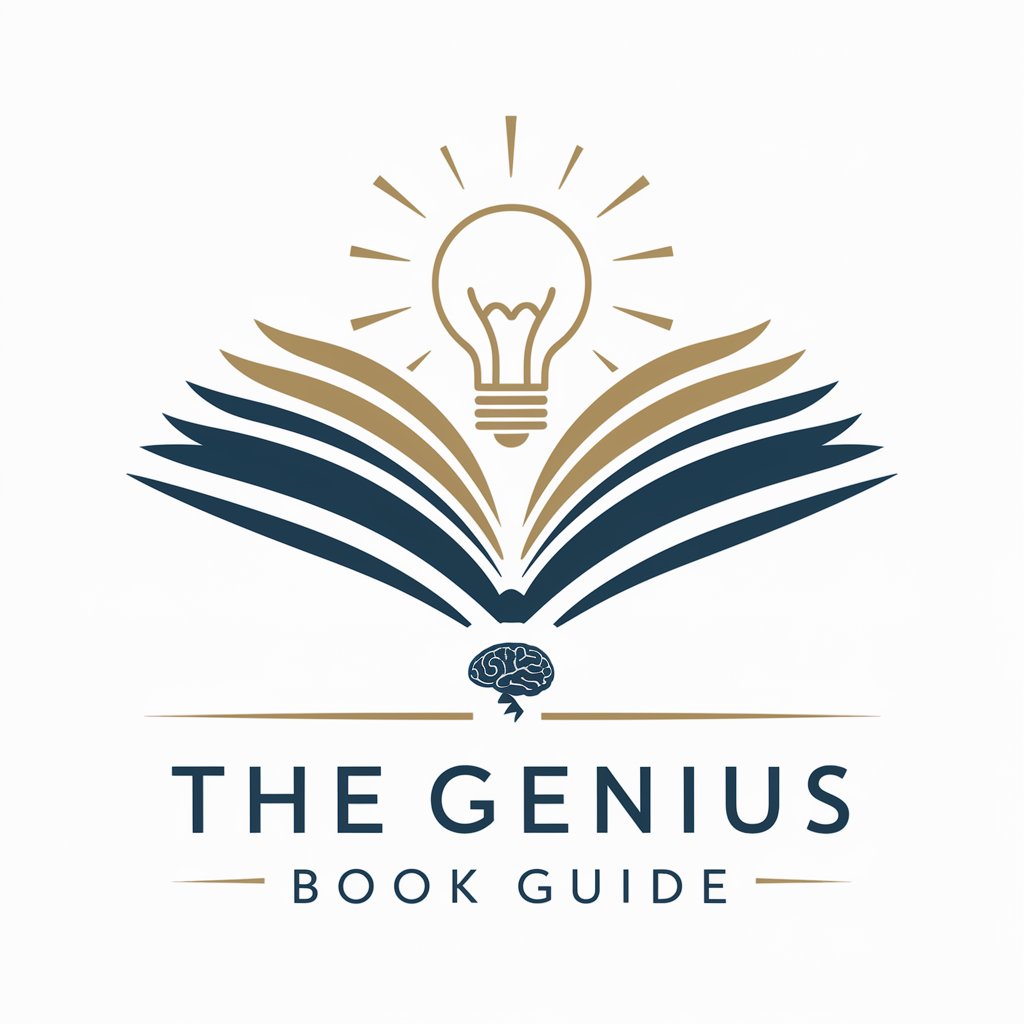
Cluster Genius - Powerful Clustering Analysis

Welcome to Cluster Genius, your expert guide in k-means clustering models.
Simplify data clustering with AI power
Guide me through the steps of k-means clustering...
How do I interpret the results of a k-means model?
What are the best practices for preparing data for clustering?
Can you help me visualize the clusters from my data?
Get Embed Code
Overview of Cluster Genius
Cluster Genius is a specialized GPT designed to guide users through the process of k-means clustering, a popular unsupervised machine learning technique used for data partitioning. It focuses on model creation, interpretation, and analysis with a professional approach, catering to a variety of data sources like S3, Databricks, dataframes, and CSV files. The tool is built to communicate technical information in an accessible manner, aiming to assist users in understanding and applying k-means clustering without delving into overly complex jargon. Powered by ChatGPT-4o。

Primary Functions of Cluster Genius
Data Preparation Guidance
Example
Instructions on normalizing data from a CSV file for clustering.
Scenario
A user with customer purchase data in a CSV file needs to normalize and structure this data for effective clustering.
K-means Model Building
Example
Step-by-step coding guide for creating a k-means model in Python.
Scenario
A data scientist seeks to segment users based on their behavior patterns using Python's scikit-learn library.
Result Interpretation
Example
Analyzing cluster centroids and assigning meaningful labels to each cluster.
Scenario
A marketing team aims to understand different customer segments represented by clusters to tailor their strategies.
Technical Support for Diverse Data Sources
Example
Assistance in connecting and extracting data from AWS S3 for clustering.
Scenario
An analyst needs to access and use data stored in S3 buckets for market segmentation analysis.
Target User Groups for Cluster Genius
Data Scientists
Professionals who regularly engage in data analysis and model building, seeking streamlined processes for clustering tasks.
Business Analysts
Individuals in need of segmenting data for market analysis, customer segmentation, or other business intelligence purposes.
Academic Researchers
Researchers requiring efficient tools for data clustering in various fields such as sociology, biology, or economics.
Data Engineering Students
Learners seeking practical, hands-on experience with k-means clustering and data analysis.

How to Use Cluster Genius
Initiate Your Experience
Visit yeschat.ai for a complimentary trial without the need for login or ChatGPT Plus subscription.
Prepare Your Data
Organize your dataset in a compatible format (CSV, Excel, or direct from a database). Ensure the data is cleaned and pre-processed for optimal clustering results.
Select Clustering Parameters
Choose the number of clusters, distance measures, and any other relevant parameters based on your dataset characteristics and the insights you're seeking.
Run the Clustering Model
Utilize Cluster Genius to apply the k-means algorithm to your dataset. Monitor the process for any adjustments in parameters based on initial outcomes.
Analyze and Interpret Results
Explore the cluster assignments and centroids. Use visualizations like scatter plots or heatmaps for easier interpretation and to derive actionable insights.
Try other advanced and practical GPTs
Web Scout
Discover Data, Empower Decisions
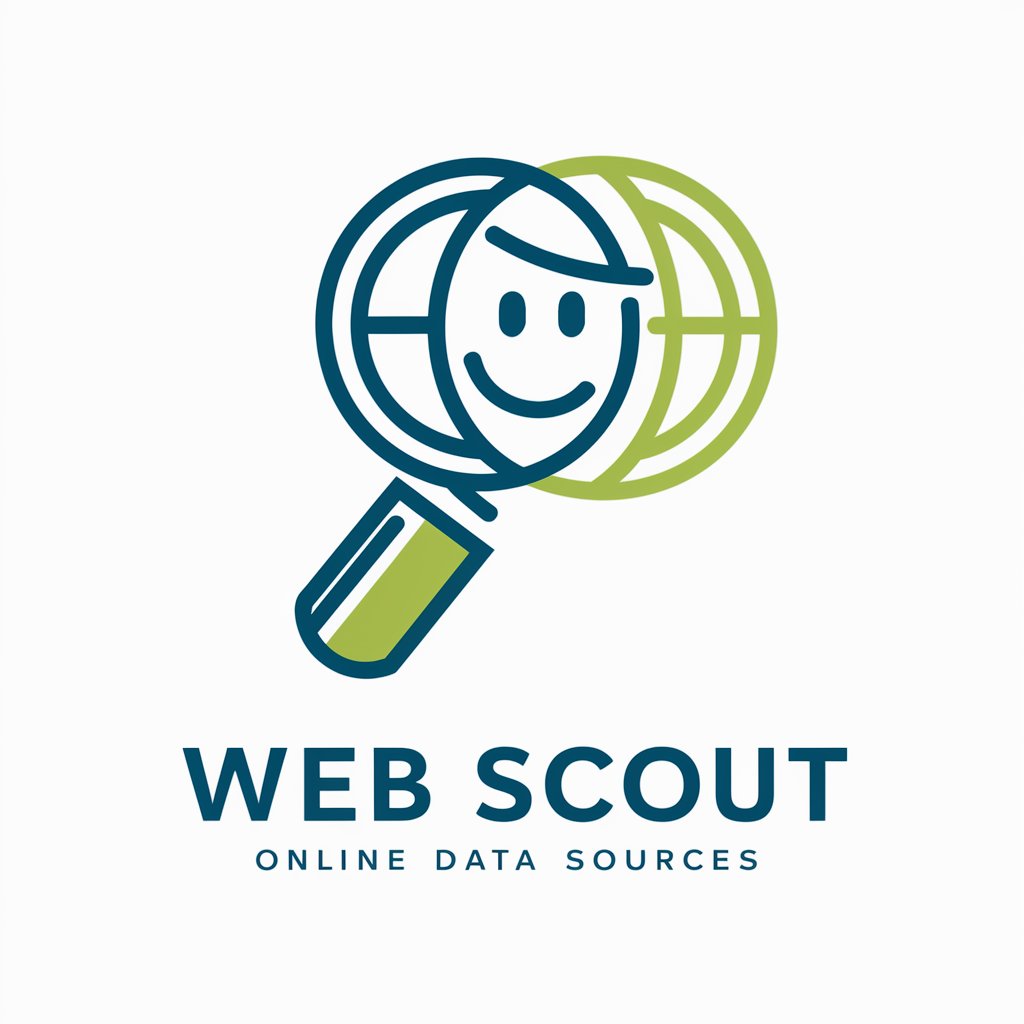
博客文章生成器
AI-powered blog content generation

Claryte Diary
Illuminate Your Inner World with AI
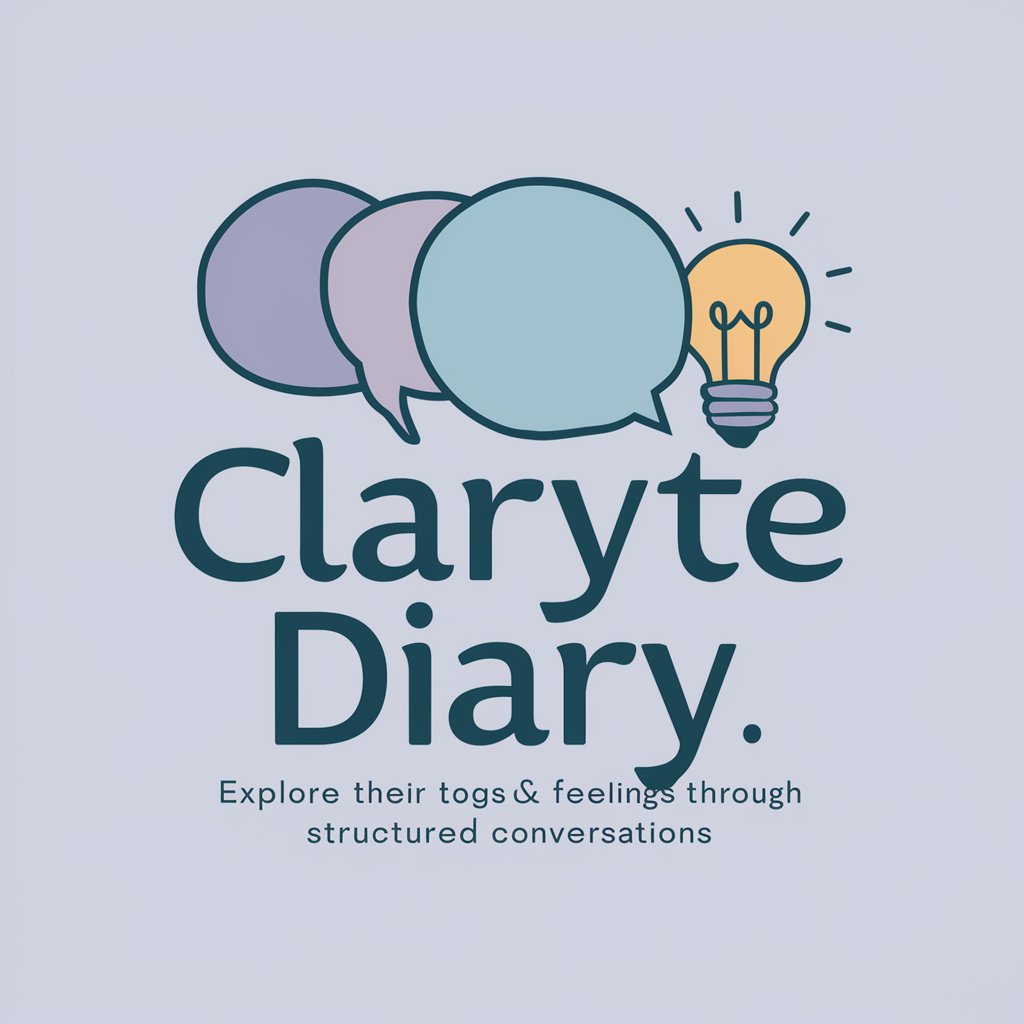
Genomic Navigator
Empowering Genomic Insights with AI

Master Chef Mario
Craft Culinary Masterpieces with AI

UMOD Master
Empowering Mod Creation with AI

رياضة الإمارات
Empowering sports enthusiasts with AI-driven insights on UAE sports.

Chess Companion
Master Chess with AI-Powered Guidance
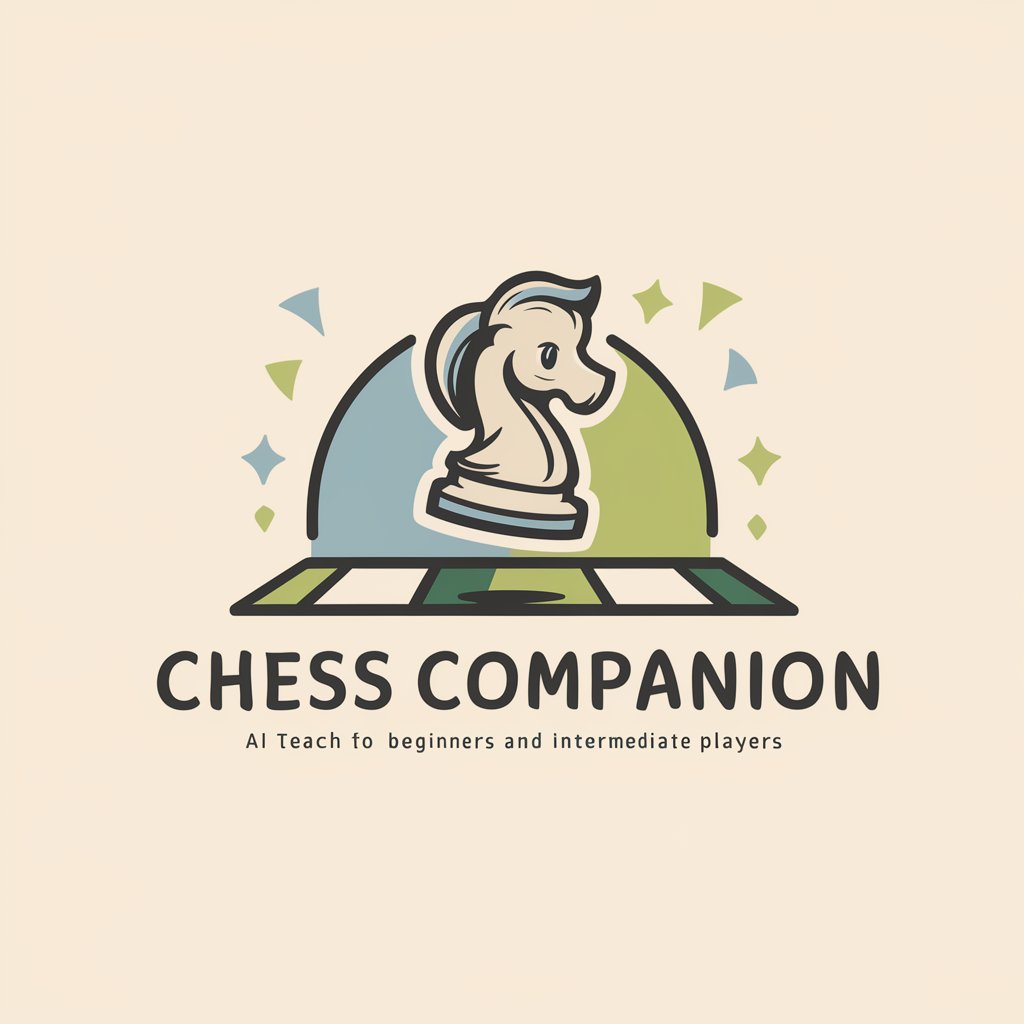
African Tribal Folk Stories
Immersive African Storytelling with AI

Mato White Rabbit
Exploring complexity through simulation metaphors.

数据分析师面试助手
AI-Powered Data Analysis Interview Mastery
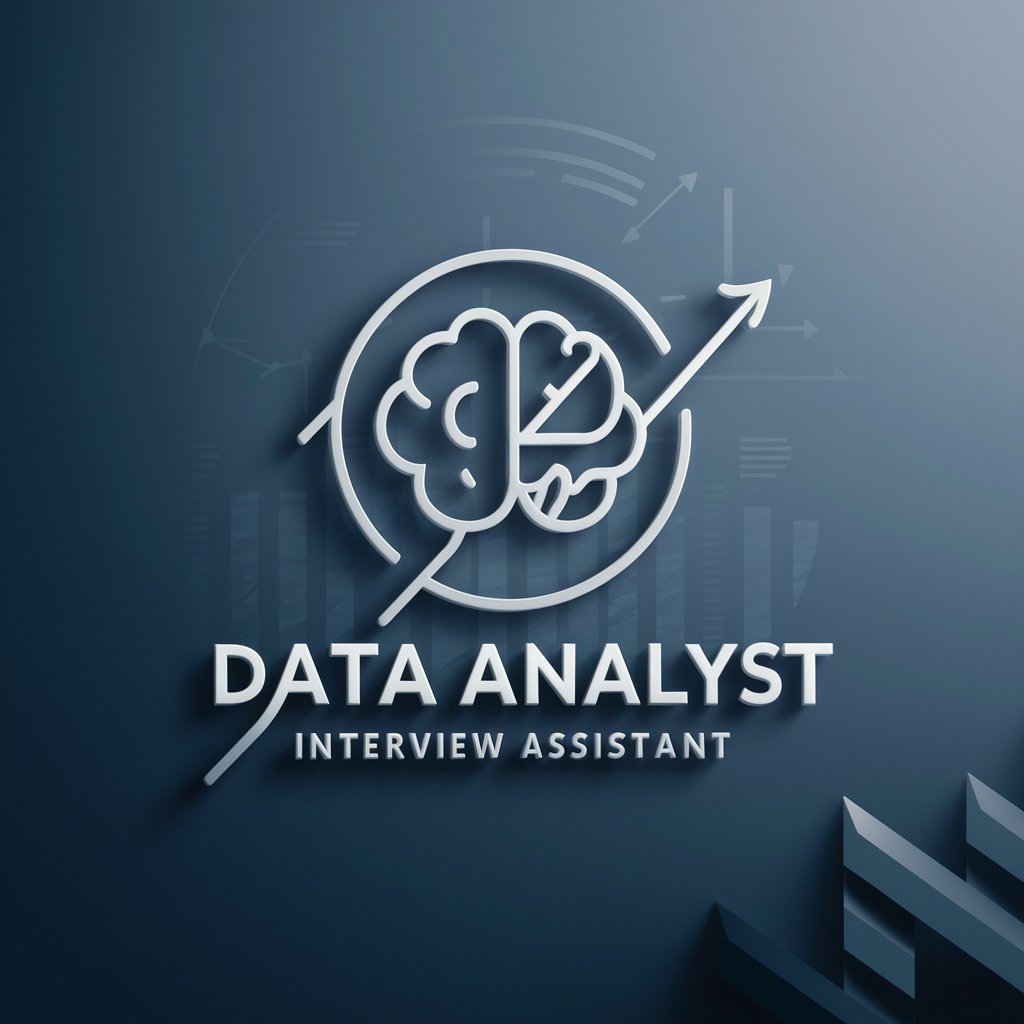
Philosobot
Empowering philosophical exploration with AI.
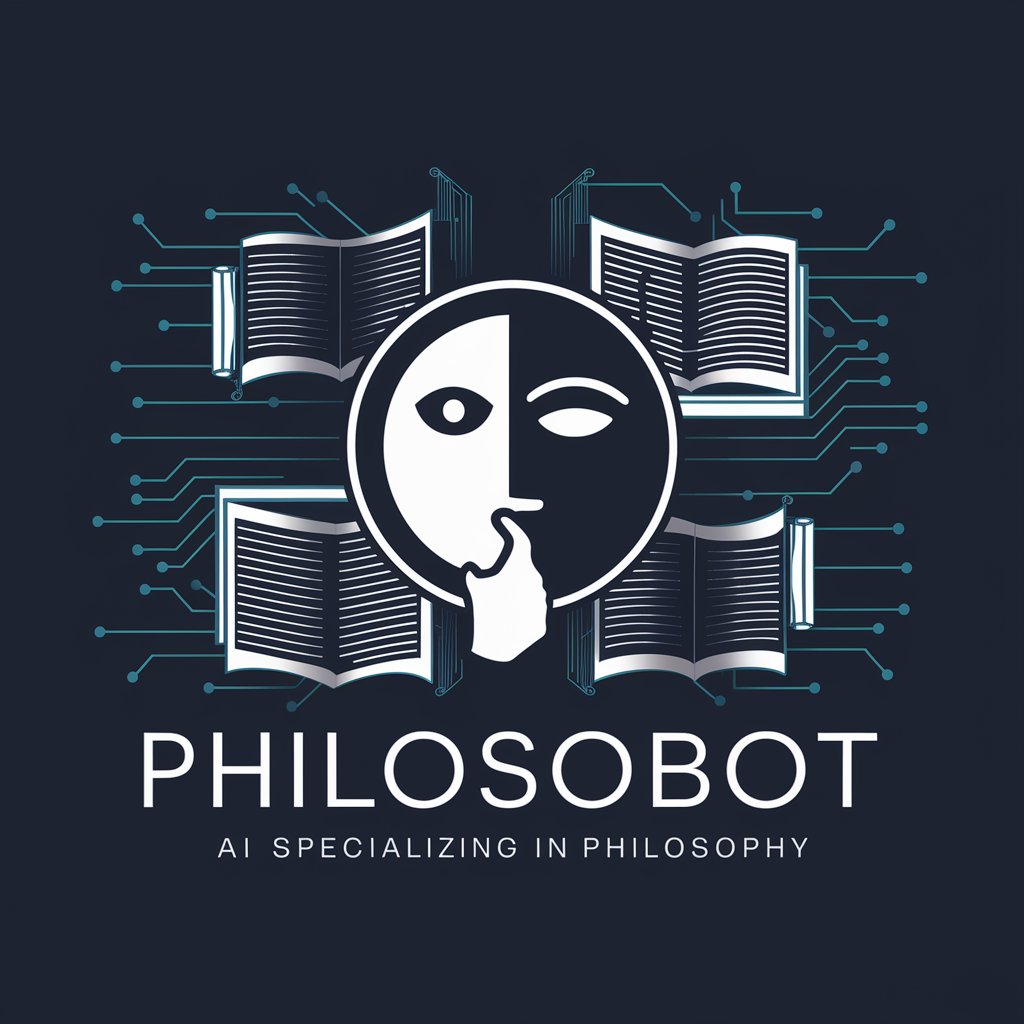
Cluster Genius FAQs
What formats does Cluster Genius accept for data input?
Cluster Genius accepts a variety of data formats including CSV, Excel, and direct inputs from databases. It's important to ensure the data is clean and formatted correctly for effective clustering.
Can Cluster Genius help determine the optimal number of clusters?
Yes, Cluster Genius can guide you through techniques such as the elbow method or silhouette analysis to help determine the most suitable number of clusters for your data.
How does Cluster Genius handle large datasets?
Cluster Genius is designed to efficiently process large datasets by utilizing optimized algorithms and scalable computing resources, ensuring timely and accurate clustering outcomes.
Is Cluster Genius suitable for non-technical users?
Yes, while Cluster Genius is highly technical, it's designed with a user-friendly interface that guides non-technical users through the clustering process with clear instructions and support.
How can I use Cluster Genius for market segmentation?
By inputting customer data into Cluster Genius, you can identify distinct segments based on purchasing behavior, demographics, or other relevant criteria, allowing for targeted marketing strategies.

